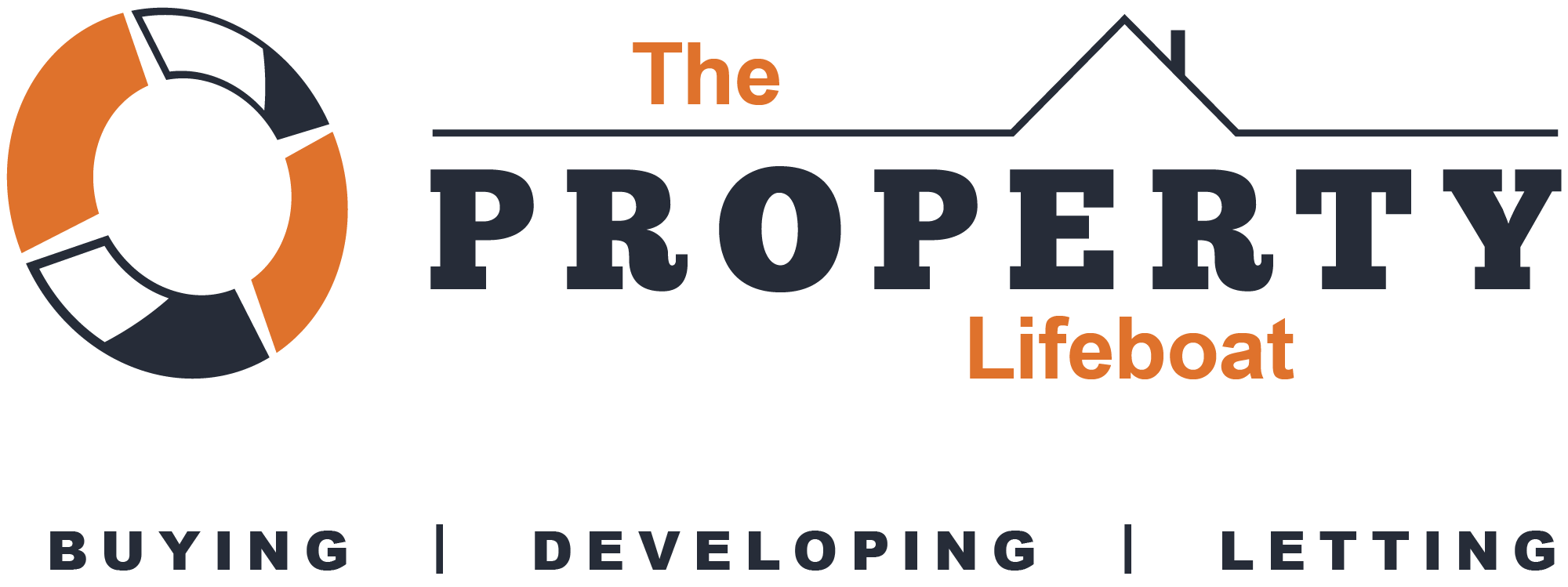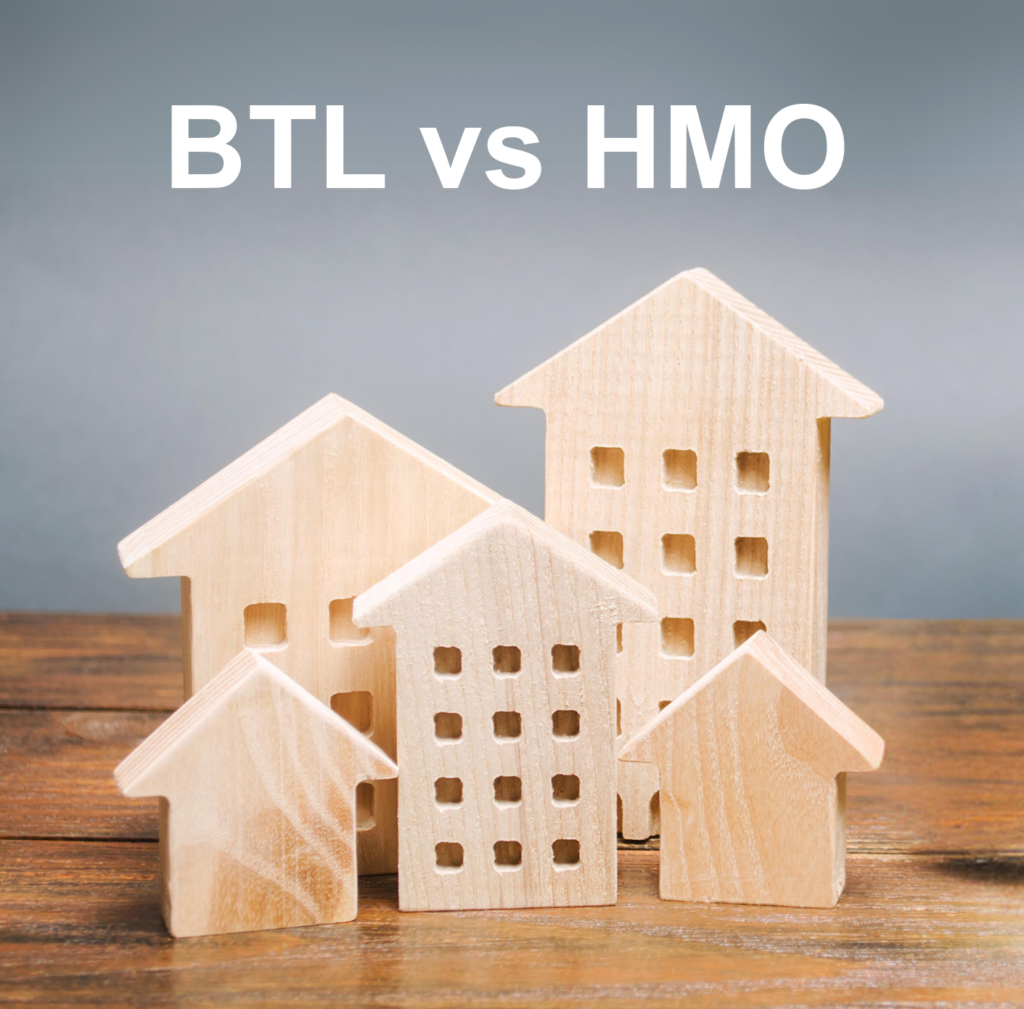The UK property market offers diverse investment opportunities, with traditional Buy-to-Let (BTL) properties and Houses in Multiple Occupation (HMOs) being two of the most popular options. Each has distinct advantages and drawbacks, which can significantly impact an investor’s portfolio. Understanding these differences is crucial for making an informed decision in the ever-evolving property landscape.
Traditional Buy-to-Let Properties
Pros:
- Simplicity and Management: Traditional BTL properties are typically easier to manage. Renting out to a single household reduces the complexity of tenancy agreements, rent collection, and maintenance issues.
- Stable Income: Single-family homes tend to attract long-term tenants, providing a more stable and predictable income stream.
- Market Appeal: There is a broad market for single-family homes, making them easier to sell if the investor decides to liquidate the asset.
- Finance Accessibility: Securing a mortgage for a BTL property is generally more straightforward than for an HMO, as banks perceive them as lower risk.
Cons:
- Lower Yield: BTL properties typically offer lower rental yields compared to HMOs. The rental income from a single household is often less than the combined income from multiple tenants.
- Occupancy Risk: If the property becomes vacant, the entire rental income stops, affecting the investor’s cash flow.
- Tax Changes: Recent tax changes, such as the reduction in mortgage interest relief, have reduced profitability for many BTL investors.
Houses in Multiple Occupation (HMOs)
Pros:
- Higher Rental Yield: HMOs generally provide higher rental yields compared to traditional BTLs. Multiple tenants paying rent can significantly boost overall income.
- Risk Mitigation: With multiple tenants, the risk of total vacancy is minimised. Even if one tenant leaves, the property still generates income from the remaining occupants.
- Demand: There is growing demand for affordable housing, particularly in urban areas and near universities, making HMOs attractive to a broad tenant base.
Cons:
- Complex Management: Managing an HMO is more complex and time-consuming. It involves dealing with multiple tenants, more frequent turnover, and higher maintenance demands.
- Regulatory Compliance: HMOs are subject to stricter regulations, including licensing requirements, safety standards, and inspections. Keeping up with these can be costly and time-consuming.
- Finance Challenges: Securing financing for an HMO can be more difficult. Lenders view them as higher risk, often requiring larger deposits and offering higher interest rates.
Current Investment Trends
The current market trends reflect a dynamic shift influenced by economic conditions, regulatory changes, and evolving tenant preferences.
Buy-to-Let Trends:
- Shift to Professionalism: Many amateur landlords are exiting the market due to increased regulation and reduced tax benefits. This trend is leading to a more professionalised BTL sector.
- Focus on High-Demand Areas: Investors are increasingly targeting properties in high-demand locations, such as major cities and commuter towns, to ensure stable occupancy rates.
HMO Trends:
- Rising Popularity: Despite the complexities, HMOs are becoming more popular due to their high rental yields and the strong demand for affordable shared housing.
- Urban Focus: Investors are concentrating on urban areas and university towns where demand for shared accommodation is highest.
- Compliance and Quality: There is a growing emphasis on compliance and property standards, with investors willing to invest in high-quality HMOs to attract tenants and meet regulatory requirements.
Conclusion
Choosing between traditional Buy-to-Let properties and HMOs depends largely on an investor’s goals, risk tolerance, and management capacity. BTL properties offer simplicity and stability but typically lower yields, while HMOs provide higher income potential at the cost of increased complexity and regulatory demands. Current trends show a move towards professionalism in the BTL market and a growing interest in HMOs, driven by demand for affordable housing and higher yields. By carefully weighing these factors, investors can tailor their strategies to optimise their returns and build a resilient property portfolio.
Ready to Optimise Your Property Investment Strategy?
Understanding the nuances between Traditional Buy-to-Let (BTL) properties and Houses in Multiple Occupation (HMOs) can significantly impact your investment success. Whether you’re aiming for simplicity and stable returns with BTL or higher yields and diversified risk with HMOs, making an informed choice is crucial.
Take the Next Step:
- Evaluate Your Investment Goals: Assess your financial objectives and risk tolerance to determine the best property strategy for you.
- Seek Professional Advice: Consider consulting with property investment experts to tailor a plan that maximises your returns while aligning with your goals.
- Stay Informed: Keep up with the latest market trends, regulatory changes, and investment opportunities to stay ahead in the property market.
Ready to take your property portfolio to the next level? Contact the team at Lifeboat Lettings today for expert guidance and comprehensive management services that streamline your investment process. Call us at 01233 802803 or visit our website to discover how we can support your property investment journey!
Invest smartly, manage effectively, and watch your portfolio grow with confidence.


